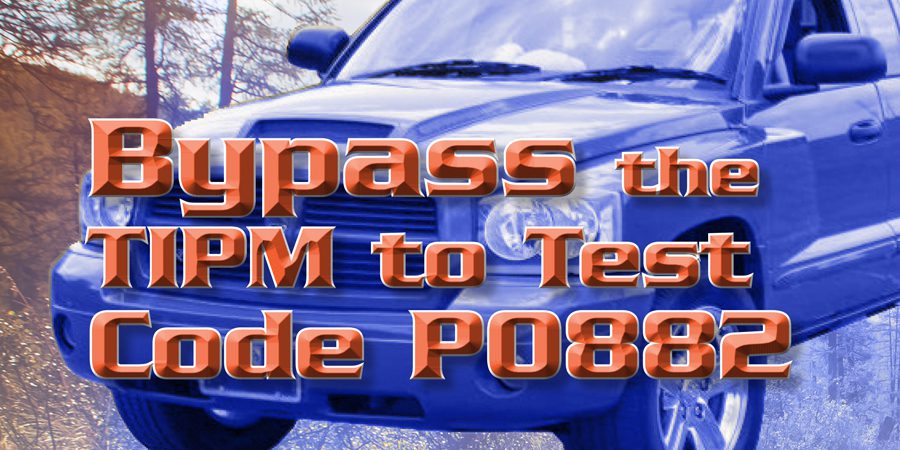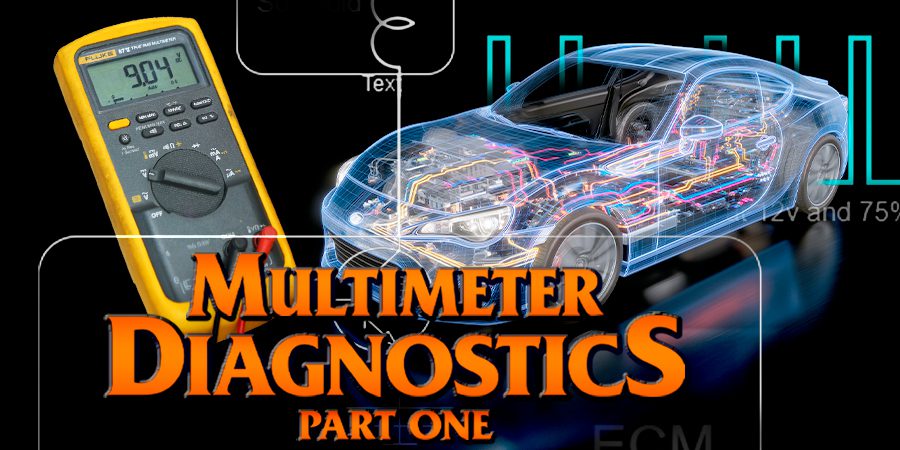In the March 2016 issue of GEARS, we examined a previously unmentioned problem with 400 and 4L80 transmissions: component float. We saw what causes this float and the damage it can create if left unchecked.
In this issue, we’ll take a look at ways to eliminate component float in the output carrier and center support to improve the durability of your rebuilds. We’ll start by identifying the precise cause of the carrier float and the problems it can cause.
Reaction Carrier Float
During operation, with the rear band off, the transmission’s design creates a fixed horizontal plane between two thrust surfaces, in which the reaction carrier (666) is free to “float” (figure 1). The front thrust surface is the thrust washer (656) at the rear of the stationary center support (654); the rear thrust surface is the washer (674) at the front face of the output carrier (675).
It’s easier to understand this principle if you stand the rear section and center support up on the bench (figure 2). Press down on the center support with your palms while lifting the reaction carrier up and down with your fingers. That movement is the float, or reaction carrier endplay. In most cases the endplay will be between 0.050” to 0.080”.
Notice the excess reaction carrier wobble when the housing is allowed to rest on the output carrier. Due to its floating design, GM never developed procedures for checks and adjustments.
Even though the reaction carrier floats, the rear thrust surface encounters loading. The wear on the bronze thrust washers behind the gear is the result of pinion gear thrust loading, which drives the reaction carrier into the rear thrust washer at the front of the output carrier.
Even though the front gearset is only active in first and reverse, the reaction carrier generates a tremendous amount of rearward thrust when active, which is met with an equal amount of forward thrust from the output carrier. This thrust may be enough to destroy the thrust washer, especially in vehicles with low final drive ratios and tall tires. That’s why it’s a good idea to insulate the carriers from one another with a thrust bearing at this location… but there are other things to look at.
Because of permissible float, the rear band can act on the reaction carrier anywhere along its horizontal plane. With limited support toward the rear, the reaction carrier can easily be pulled off-center and out of engagement with its load bearing journal in manual low. This is increasingly common when the unit is equipped with a “band on in low manual valve body,” or a transmission brake with fixed line pressure.
When the reaction carrier is pulled off center, it puts the planetary gearset in a partial bind until the rear band apply pressure releases all the way. It does this by knocking the planetary gearset components out of position, which creates resistance. This reduces operating efficiency when the band is applied in manual low, and dulls the transmission gearset reaction to transmission brake exhaust in drag race applications.
These problems are compounded if the silencer ring is omitted during TH400 builds and in the 4L80E where it’s been eliminated. What happens is that excessive float allows radial runout in the reaction carrier, which damages the reaction carrier bushing and its load bearing journal. It also creates increased friction between the rear band and reaction carrier band surface, and skews the one-way clutch rollers.
While overrunning in second and third gears — and in overdrive in the 4L80E transmission — excess radial runout in the reaction carrier and improper position of the roller elements can reduce fuel economy by increasing operational spin loss percentages.
To maintain maximum performance, durability, and fuel economy, the reaction carrier should be positioned along its horizontal plane as close as possible to its thrust surface at the rear of the center support, separated only by an oil film and a few thousandths of an inch for thermal expansion.
 To prevent reaction carrier float, you need to eliminate most of the reaction carrier endplay. To do this, replace the OEM thrust washer assembly with a thicker thrust bearing assembly. This pins the reaction carrier between its front and rear thrust surfaces, reducing float and radial runout. The bearing of choice is the late model TH350 rear pump thrust bearing and selective shims.
To prevent reaction carrier float, you need to eliminate most of the reaction carrier endplay. To do this, replace the OEM thrust washer assembly with a thicker thrust bearing assembly. This pins the reaction carrier between its front and rear thrust surfaces, reducing float and radial runout. The bearing of choice is the late model TH350 rear pump thrust bearing and selective shims.
When fitting the thrust bearing assembly, you’ll need to machine a pocket to a depth of 0.075”, an inside diameter of 2.125” and outside diameter of 2.875” (figures 3 and 4).
Adjusting Reaction Carrier Endplay
Begin setting reaction carrier endplay by standing the completely assembled rear section and center support up on the bench. For now, the assembly should only include the thrust bearing; no selective shims.
Use a height gauge to measure the distance from the front face of the mainshaft to the front face of the center support bushing bore (figure 5). Record the measurement; this will be dimension A.
Next, dismantle the assembly enough to install the thinnest selective thrust washer in the machined pocket behind the thrust bearing. Reinstall the bearing and reassemble the unit. Measure and record again; this will be dimension B.
Repeat this procedure using selective shims between the bearing pocket and the bearing until dimension B is 0.005” to 0.010” less than dimension A. This will confirm you’ve raised the center support off the reaction carrier assembly.
Subtract dimension B from dimension A to determine how much you’ll need to remove from the shims to bring the reaction carrier to zero endplay.
Remove this amount, plus an additional 0.002” to 0.006” to maintain the recommended reaction carrier endplay of 0.002” to 0.006”.
To establish the zero endplay necessary to adjust reaction carrier endplay, you’ll need to lift the center support off the #20 thrust bearing assembly. This is the only practical method for establishing the necessary dimensions.
The front face of the output carrier is also the rear thrust surface for the reaction carrier. Because the output carrier is attached to the output shaft, its forward and rearward thrust is common with the output shaft and its axial motion is limited to the amount of rear endplay. That’s why keeping rear endplay to a minimum will reduce reaction carrier float.
During this check we stood the assembly up on the table, which essentially zeroed out rear section endplay. Keep in mind that, whatever the total rear endplay the assembly actually has, you must add that to the value obtained during the adjustment process to understand the total reaction carrier endplay encountered during certain operating conditions.
Next time around we’ll take a thorough look at the rear endplay — the front endplay scenario will prove things aren’t always as they seem.















